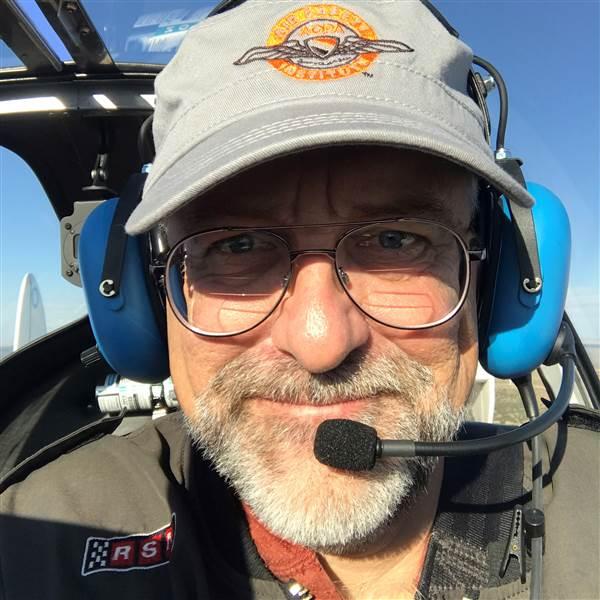Training and Safety Tip: Mice eat airplanes
Also cause corrosion, fire hazard
If you see a mouse in the hangar, the correct response is to jump into action. Here’s why.

The problem
Mice chew things, including wiring. Chewed-through electrical wires result in inoperative equipment—a problem you’ll likely discover quickly and fix. But partially chewed wires are more difficult to detect and more dangerous as they cause short circuits or arcs and create a fire risk.
Once mice live in an airplane, it’s not only their house, but…uh…their bathroom, too. This is more than simply gross. Mouse urine is corrosive to metal, and their droppings can serve as anti-desiccants, retaining moisture and causing water corrosion.
Prevention
Mice are great climbers, epic jumpers, and able to fit through mind-bogglingly small openings. Blocking them from getting into an airplane is nearly impossible, so the best prevention is to avoid giving them a reason to invade in the first place. And bar none, the most common initial attraction for mice is food.
So, if you eat in the airplane, clean up after yourself as soon as you land. Ensure all food wrappers and containers are quickly disposed of and use a portable vacuum to clean up the inevitable crumbs from the seats and floors.
Rodent preflight
During preflight, be alert for mouse dropping and mouse chaff. Droppings are small and dark, and easy to miss, so cast a sharp eye on horizontal surfaces inside and outside the airplane, and on the gear and ground. Mouse chaff is easier to spot: Look for little bits of paper, insulation, seat foam, or wire insulation.
Mice can move in at any time of year, but late autumn and early spring are the highest risk periods. Dropping temps in the late autumn or early winter trigger shelter instincts, and spring is the peak breeding season.
Intervention
You can set traps or install electronic rodent-repellent devices to keep mice out. But if you discover droppings or chaff, no matter how little, stand down, ground the airplane, and get the mechanics involved. At this point, what you can’t see can absolutely hurt you.



